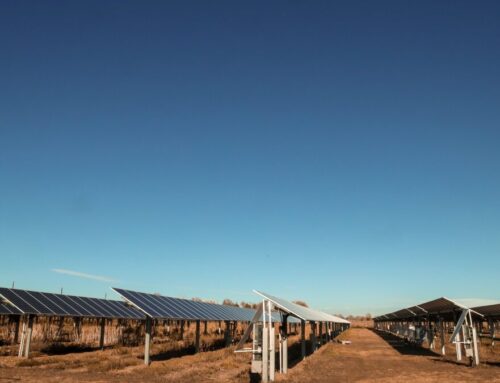Cemig targets energy storage, renewable growth in bold investment plan
December 27, 2024
State-owned Brazilian energy company outlines R$39.2bn plan for 2025-2029
Cemig, the state-owned energy company of Minas Gerais, is charting a transformative path with its recently unveiled investment plan for 2025-2029. Among its key priorities is the development of advanced energy storage systems using batteries, a critical step to enhance Brazil’s renewable energy infrastructure.
While precise figures for this initiative are still being finalized, Cemig’s focus on battery energy storage reflects a broader strategy to modernize its distribution and transmission networks. The company’s renewable energy credentials remain strong, with a 100% renewable generation portfolio following the deactivation of its 131 MW Igarapé thermal plant. Cemig is leveraging this foundation to boost the efficiency of its networks, ensuring the seamless delivery of green energy with minimal environmental impact.
Cemig CEO Reynaldo Passanezi noted that energy storage systems and expanded transmission lines will be essential as Brazil integrates larger volumes of renewable energy into the grid in the coming years.
Cemig is already testing battery storage technology through a pilot project in Serra da Saudade, Brazil’s smallest city. “We are working to allocate a significant amount to energy storage,” Mr. Passanezi said.
Under the R$39.2 billion investment plan, Cemig has earmarked R$23.2 billion for expanding and upgrading its distribution and transmission networks. To fund this ambitious agenda, the company has implemented a strategic divestment program, selling stakes in assets such as Light, Renova Energia, and the Santo Antônio hydroelectric plant.
“The divestment plan was critical for the network investments we’re undertaking in Minas Gerais,” he noted.
Cemig is reinforcing and expanding its distribution, the primary target of its investments, he added. This is due to the anticipated increase in electricity use as part of the growth in decarbonization, Mr. Passanezi said.
One of the most significant pending divestments involves Taesa, a transmission company in which Cemig holds a 37% stake. Despite delays due to shareholder agreement complexities, Mr. Passanezi reiterated the company’s intent to exit Taesa: “Taesa remains part of our divestment strategy.”
In addition to its focus on energy storage, Cemig plans to establish 600 MW of large-scale solar energy projects, investing R$4.2 billion in generation. The company also aims to allocate R$2.6 billion to small-scale distributed generation projects over the next five years.
Mr. Passanezi highlighted that these initiatives align with Cemig’s broader strategy to support decarbonization and accelerate its transition to cleaner energy. For him, Brazil has the potential to lead the global movement toward reduced carbon emissions.
Cemig’s longstanding commitment to sustainability has earned it a place on the Dow Jones Sustainability Index for 25 consecutive years—the only Brazilian electric company to achieve this distinction. This recognition has enabled Cemig to secure funding for green initiatives, including through green bonds.
The company is also a member of the Utilities Net Zero Alliance (Uneza), a global initiative promoting clean energy solutions.
This article was translated from Valor Econômico using an artificial intelligence tool under the supervision of the Valor International editorial team to ensure accuracy, clarity, and adherence to our editorial standards. Read our Editorial Principles.
Search
RECENT PRESS RELEASES
Related Post



